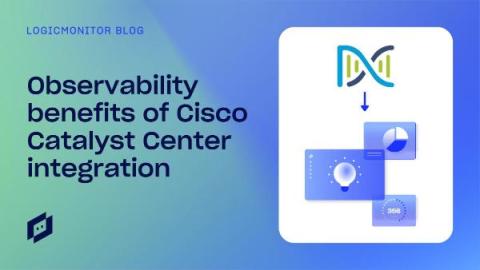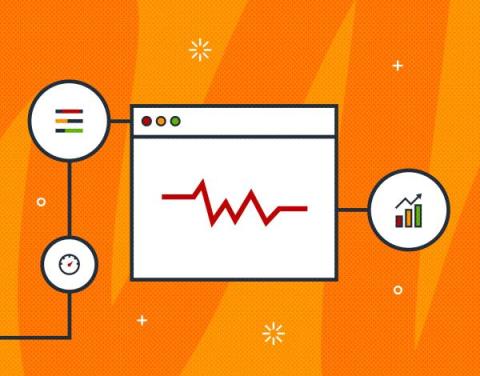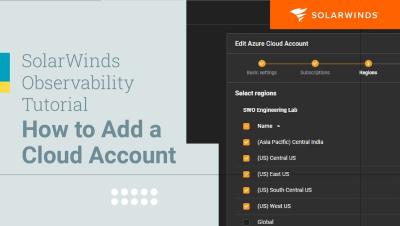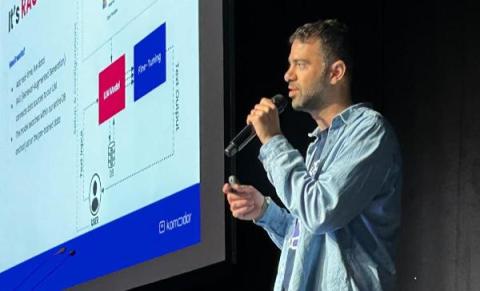Observability benefits of Cisco Catalyst Center integration
LogicMonitor’s agentless collection has long provided customers with many benefits for collecting telemetry data directly from network devices. Recently, LogicMonitor added another feature, enabling the discovery of devices/sites and the collection of telemetry data from the Cisco Catalyst Center. Retaining options is essential due to the pros and cons associated with each approach.











